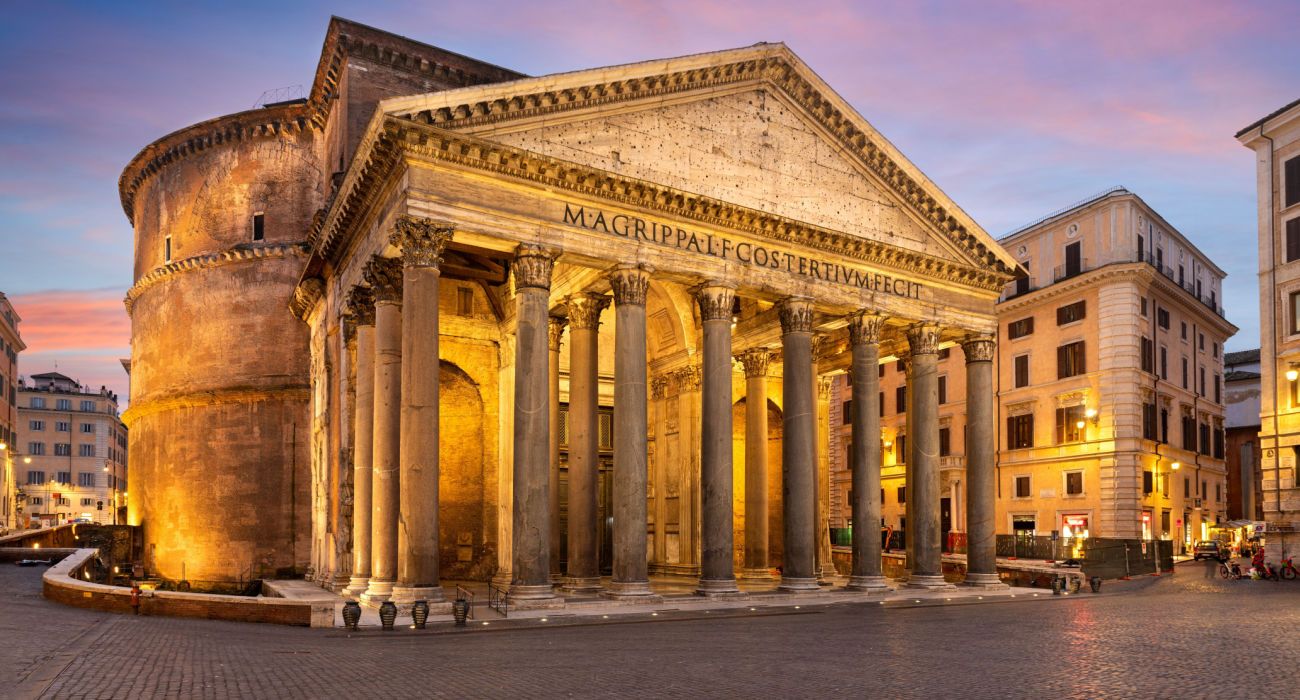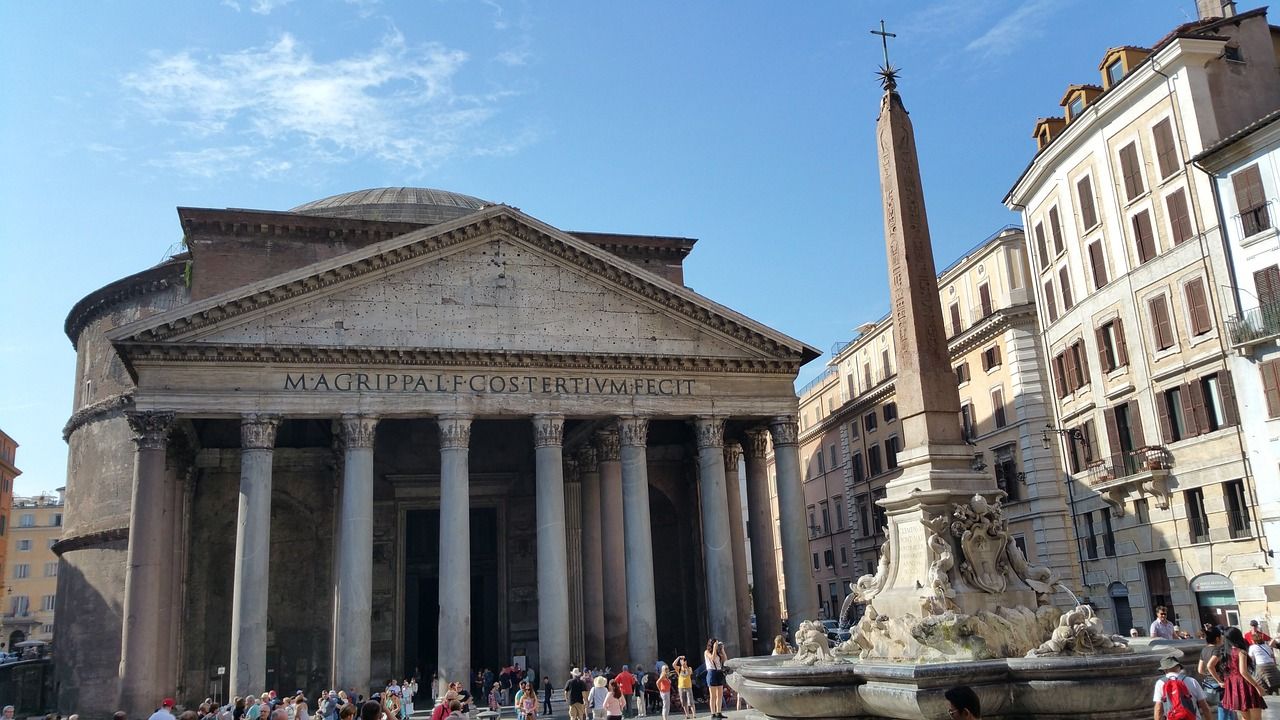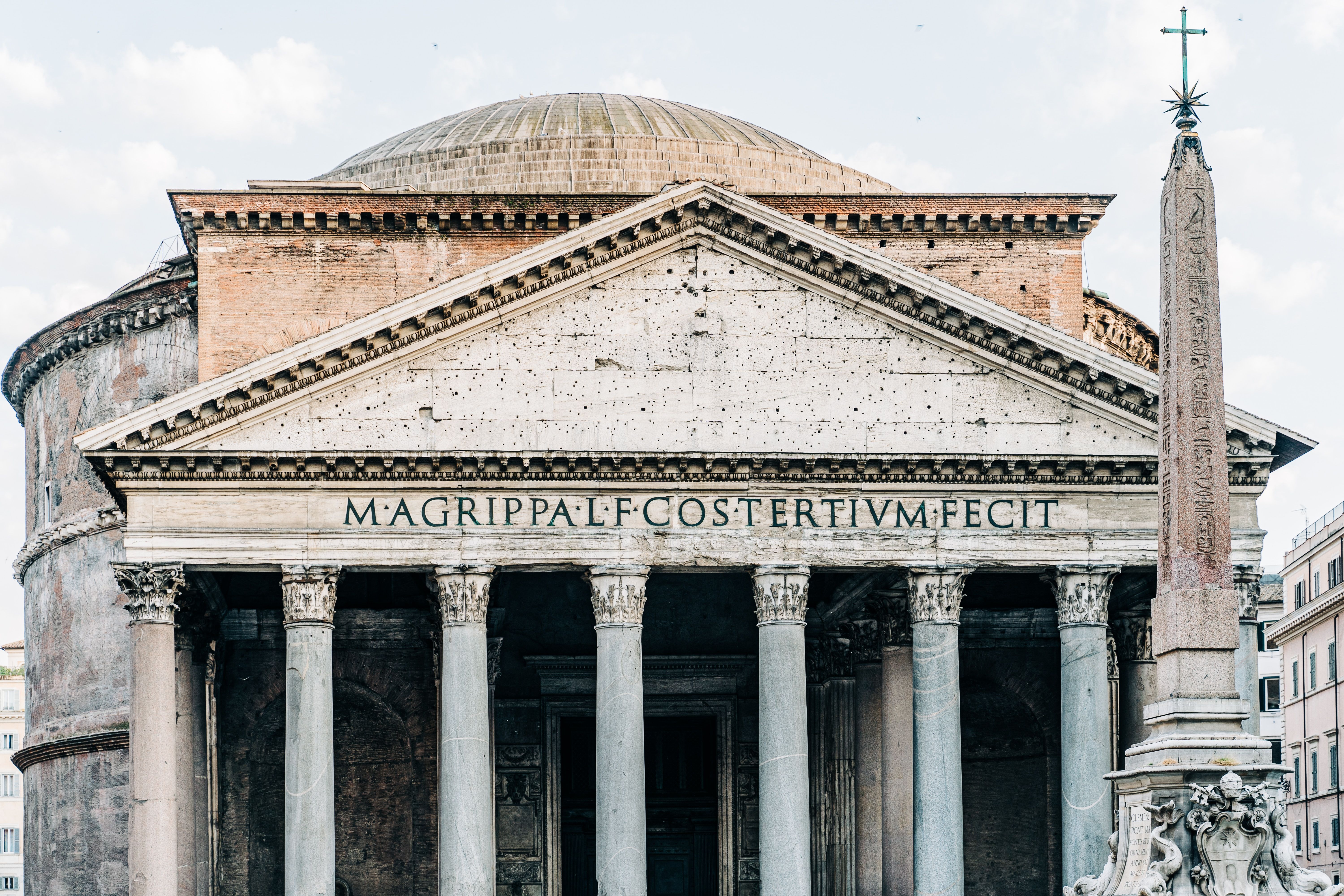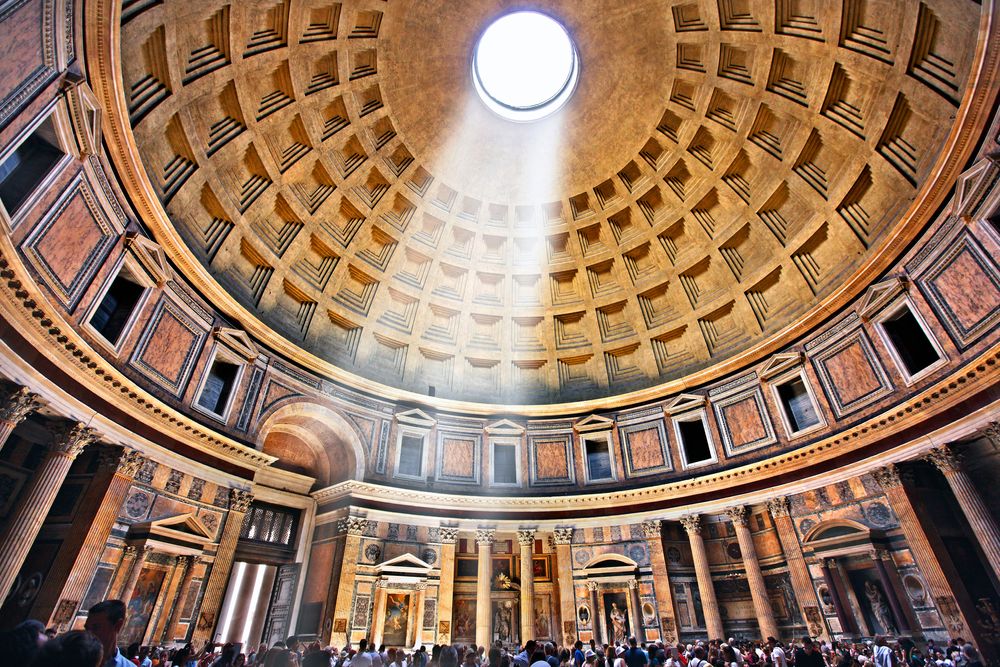Quick Links
The Pantheon of Rome is regarded as the oldest building in the world still in use (even if it is dedicated to a different deity these days). It is truly a national treasure of Italy - it is considered the best preserved ancient Roman monument and the most copied. The Pantheon of Rome is one of the best attractions in all of Rome. While almost all Roman ruins are, well, ruins, the Parthenon is certainly not a ruin and continues to stand proud and strong.
The story of how the Pantheon managed to survive is fascinating. It is a testament to the beauty of the building that it managed to survive the destruction of so many other waves of destruction of once-magnificent ancient pagan temples. Visiting the Pantheon is free, and it is centrally located in Rome.
The Rise Of Christianity & Destruction Of Roman & Greek Pagan Temples
For many years, pagan Rome persecuted the Christians driving them underground (sometimes literally into the catacombs of ancient Rome). But as the Rome Empire suddenly converted to Christianity after the rise of Constantine the Great, the tables were turned. Over the next hundred or so years the Christians were on rampages to destroy the hated pagan monuments around the empire - even the magnificent Temple of Artemis at Ephesus (one of the Seven Wonders of the Ancient World) didn't survive.
Christians lost no time in starting to persecute the pagans of the empire - it began during the reign of Constantine and lasted until the end of the empire to varying degrees.
But there were some ancient Roman and ancient Greek temples that did manage to survive - mostly by being converted into Christian churches. In Athens, perhaps the most famous ancient temple-come church is the Parthenon of the Athenian Acropolis.
The Conversion (& Preservation) Of The Pantheon As A Church
The Pantheon was built by Marcus Agrippa following the Battle of Actium in 31 BC (when Augustus defeated Mark Antony and Cleopatra). That means it dates from the twilight years of the Roman Republic and stood for the entire duration of the Roman Empire. That means the Pantheon is a building that has been in continuous use for almost 2,000 years.
The Pantheon of Rome is the most famous surviving intact Roman temple (today a Catholic Church). It managed to survive as a pagan temple during the length of the Western Roman Empire and the fall of Rome in 476 AD. After the fall of the Western Empire, the Ostrogoths took over Rome and the Italian peninsula, while the powerful Eastern Roman Empire survived centered in Constantinople.
After some time, the Roman Empire returned to Italy (in the form of the Eastern Roman Empire / Byzantine Empire). The Eastern Roman / Byzantine Emperor, Phocas, gave the Pantheon to Pope Boniface IV in 609, who then proceeded to convert it into a Christian church.
- Conversion To Church: 609 AD
The Pantheon was consecrated to St. Mary and the Martyrs. It was likely this conversion that enabled the Pantheon to survive to modern times and the abandonment and destruction that befell most other pagan churches.
Over the years, the Pantheon has seen some notable burials - including two kings of Italy. The two kings buried in the Pantheon are Vittorio Emanuele II and Umberto I (as well as Margherita - the queen of Umberto). Italy used to have a monarchy until it was abolished in 1946 in the wake of World War Two.
Visiting The Pantheon Of Rome Today
As a functioning Roman Catholic Church, the Pantheon is free and open to everyone. Anyone can visit with or without a tour (although a guided tour is the best way to get the most out of the experience). When visiting, keep in mind that it is a functioning church, and people will be going there to meditate and worship. Mass is performed in the Pantheon on Sundays.
- Admission Fee: Free
- Opening Hours: 9.00 am to 7.00 pm (Last Admission at 6.30 pm)
The Pantheon is impressive both inside and outside. The exterior still preserves the ancient inscriptions with which it was built, while the interior and the great dome are enough to leave anyone breathless.
- Guided Tour Of The Pantheon: From 20 Euros ($20)
Note that reservations to visit the Pantheon are required on Saturdays, Sundays, and on public holidays. There are also options to book a tour with an audio guide of the Pantheon. The official audio tour is available in 9 languages and includes 15 listening points. The audio tour lasts for around 30 minutes.
Elsewhere in Athens, the Temple of Hephaestus is considered one of the best-preserved temples of the Ancient Greek world.





